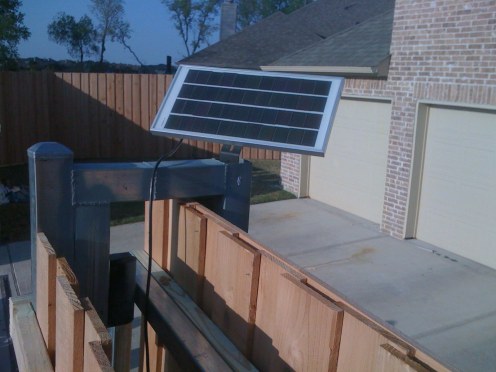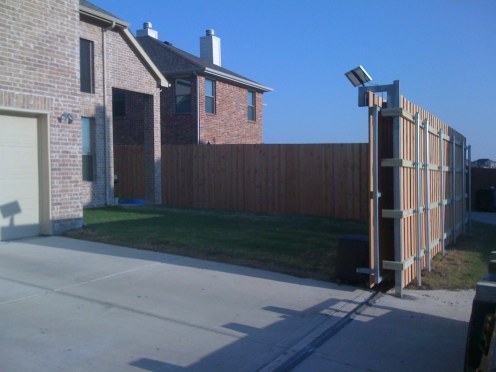So maybe you don’t believe that the world is warming up. Fine. I could argue the whole “scientific proof” thing, but I’ll allow you your delusions for now. Even if the Earth isn’t warming up, there are still other serious problems that we, as a planet, are facing. Our ridiculous levels of pollution don’t only affect temperature changes. There are other repercussions of our actions, this article that I read today being one of them. The acid levels in the ocean are rising alarmingly high.
Here are a few excerpts that I found particularly interesting/disturbing:
- “When we burn fossil fuels, we are not just putting carbon dioxide into the atmosphere. A lot of it goes into the sea. There, carbon dioxide turns into carbonic acid. And that turns ocean water corrosive, particularly to shellfish and corals.Biologists are now coming to realize that rising acid levels in the ocean can affect many other forms of sea life as well.”
- “Acidity is measured on the pH scale. Already, the oceans are a tenth of a unit more acidic. And by the end of the century, the pH is expected to change by half a unit. But don’t be fooled by these modest-sounding numbers.’So we say ‘only’ — ‘only’ half a unit. What’s the big deal about that? Well, that’s a tripling of acidity,’ Pane says. ‘That’s a three-fold increase.’
That’s because the pH scale is logarithmic, so each unit increase actually represents a ten-fold increase in acidity.”
- “Brewer says the carbon dioxide has already altered ocean chemistry in such a way that it affects the way sound travels through the ocean. That effect will grow, as more and more carbon dioxide ends up in the sea.”
- And finally: “And while those problems seem solvable, Brewer ponders the enormous societal problems that created the acidity problem in the first place.’We’re all in a bind here,’ he says. ‘It’s going to be very hard to maintain this number of people on the planet and not have these problems. It worries me that scientists sound the alarm but don’t come up with solutions. We’re going to have to try.’
Technology has revolutionized ocean science during his career. He can only hope that it will also revolutionize the way we produce energy — before the oceans suffer irreparable harm.”
Can we really afford to continue pretending like humankind’s bad habits don’t have a huge impact on our planet?



